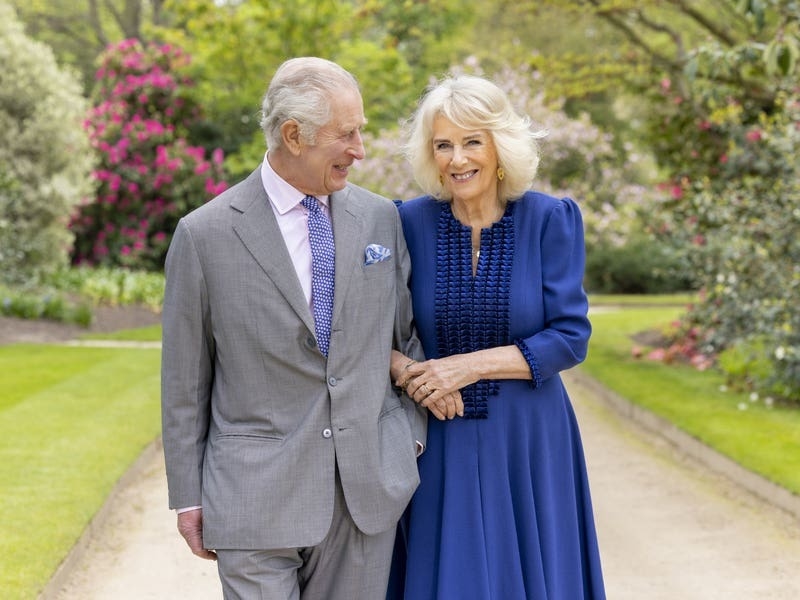Bones rarely survive more than a few centuries in the island’s acidic soil, but Guernsey’s States archaeologist Dr Phil de Jersey said the recent finds, which include human skull, leg and arm bones, could date back 4,000 to 5,000 years – the oldest he has ever excavated in the island.
‘It is unusual to find bones this old, but the sand helped preserve them,’ he said.
‘This is a very exciting find, due to the rarity of prehistoric bones.’
Radiocarbon dating is due to take place shortly, with the results expected back in the summer.
The bones were spotted protruding from a bank on the headland near Fort Pembroke by a walker, who called in the police. But it was soon apparent that the archaeology department was needed.
They began carefully excavating the earth bank and found bones in four groups.
‘I think they will turn out to be from four different individuals, but we can’t say for sure yet,’ he said.
‘We have cleaned up two sets and two still need to be cleaned. Of the two sets we have cleaned, they are definitely from two different individuals, as there is repetition.
We also expect to find they are different ages.’
It is believed one set is from an older individual, based on signs of arthritis at the base of the skull, while the other is believed to be a young adult, based on the teeth, which are in quite good condition.
However, only partial skeletons – most notably the skulls, with a few extra bones – have been found.
Dr de Jersey said the bones were probably not laid to rest originally in the spot where they were recently uncovered. They might come from a dolmen and could have been moved, he said. There has been evidence before of bones being moved around and out of dolmens or being burnt.
Dr de Jersey added that it was possible that DNA could be extracted from the bones, so it might be possible to find out if the four individuals were related.
Some prehistoric flint and pottery were also found at the site.
‘There is a lot we might never know, particularly why this was done and what the selection process was for the bones,’ said Dr de Jersey.
‘The pottery is low quality. It could be a cooking pot or a cremation pot. We just don’t know.’






